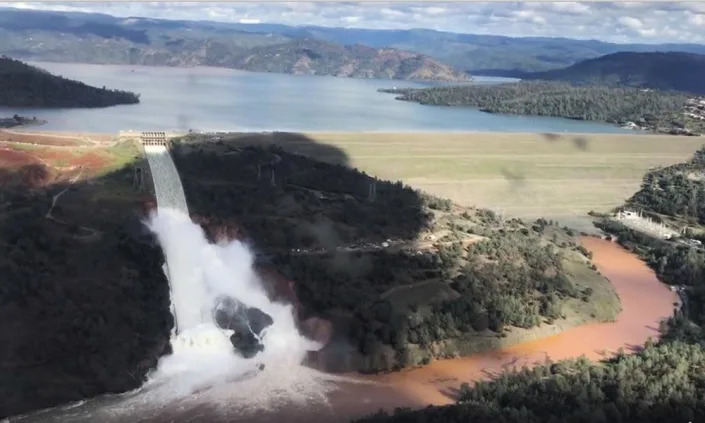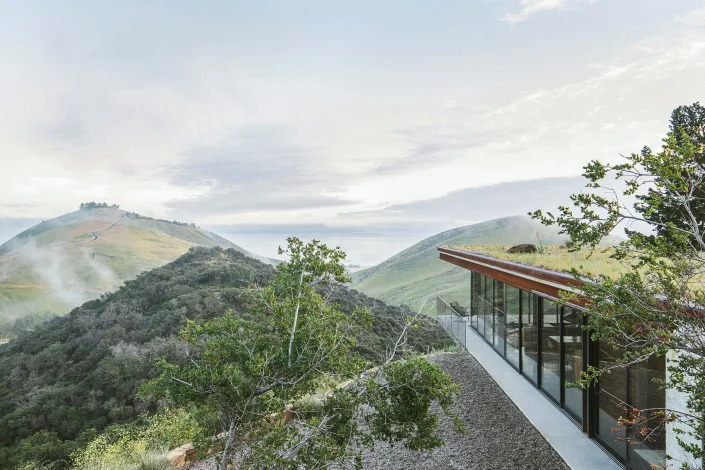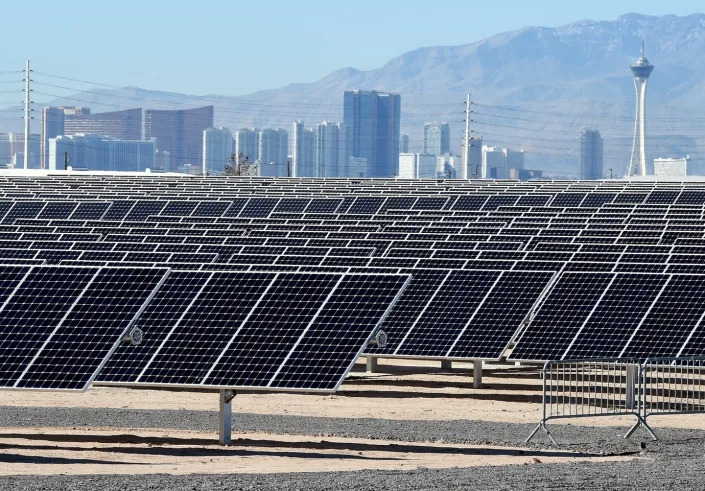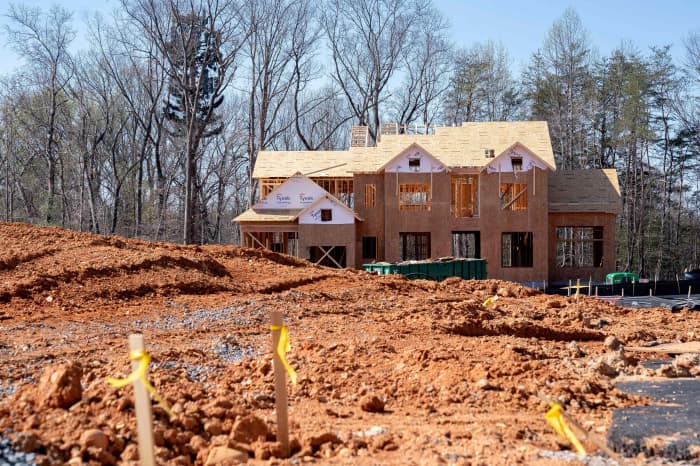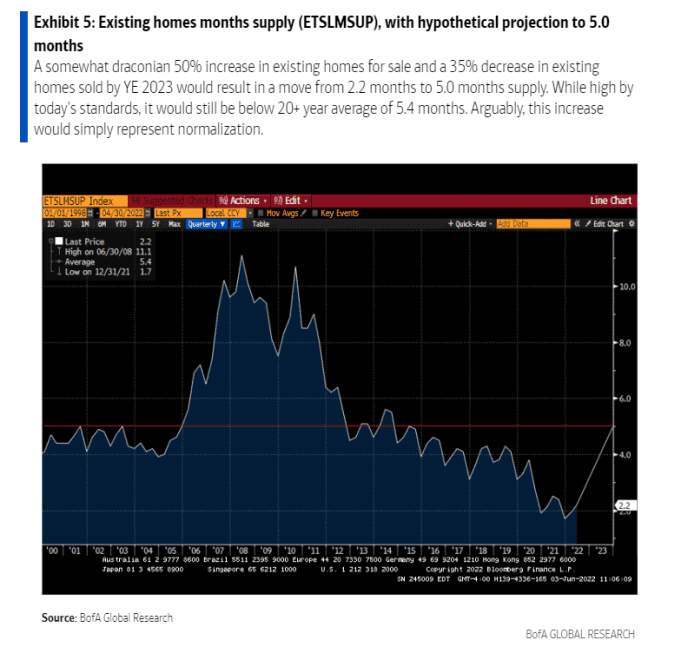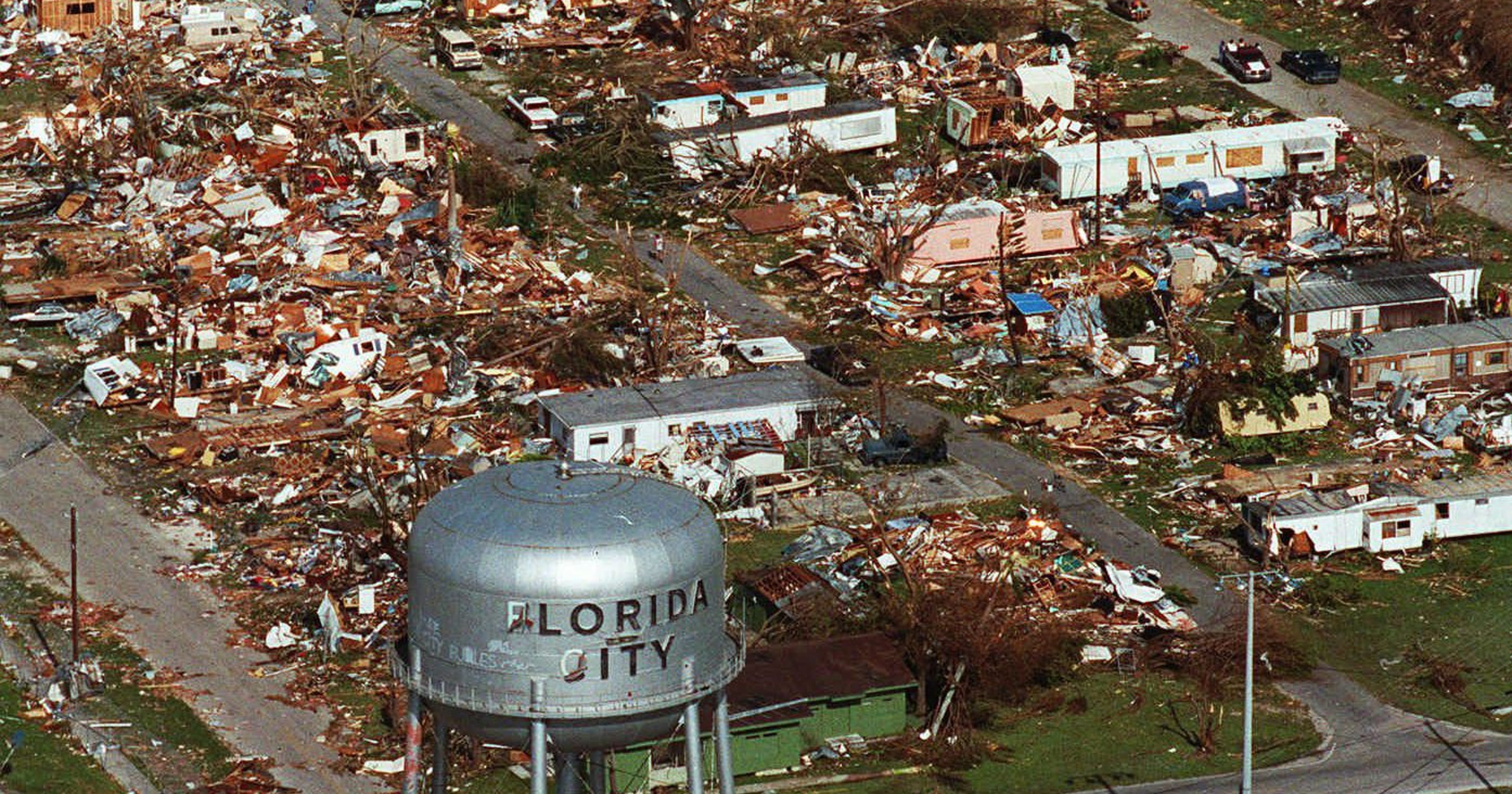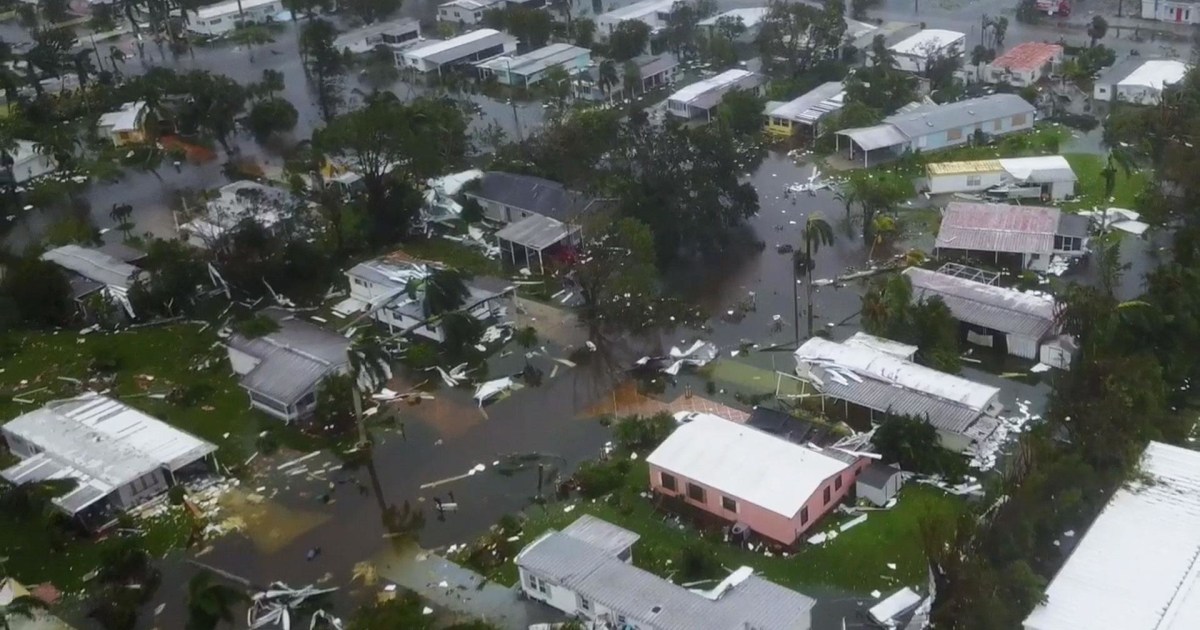The New York Times
The Shrinking of the Middle-Class Neighborhood
Sophie Kasakove and Robert Gebeloff – July 7, 2022

NASHVILLE, Tenn. — When Ashley Broadnax thinks of the East Nashville, Tennessee, neighborhood she grew up in during the ’90s, the images that rush in have a modest, middle-class tinge.
After school, she and other neighborhood children bought snacks at the corner store and threw balls on the street as their parents returned home, some in uniform from blue-collar work, others from jobs as teachers or office workers. Neighbors chatted on porches and lawns of unassuming single-story homes. There were some poor families and a few wealthy ones, but more than one-third of her neighbors made between $40,000 and $75,000 in today’s dollars — enough to live comfortably.
But by 2020, the income distribution had tilted so that half the families made $100,000 or more, census data shows. All across the neighborhood, the modest houses of Broadnax’s youth have been replaced by high-end townhomes known informally as “tall skinnies” that tower over the remaining older homes.
So when it was Broadnax’s turn to pay the rent, using her middle-income salary as an educator, the cost was out of reach.
Like many other Americans, Nashville residents are increasingly being buffeted by economic tides that push them into neighborhoods that are either much richer or much poorer than the regional norm, a New York Times analysis has found. A smaller share of families are living in middle-class neighborhoods, places where incomes are typically within 25% of the regional median.
In Nashville, the share of families living in middle-class neighborhoods dropped by 15 percentage points between 1990 and 2020. But the portion of families in wealthy ones jumped by 11 points, and the segment living in poor neighborhoods grew by 4 points.
In some ways, the pattern reflects how wealthy Americans are choosing to live near other wealthy people, and how poorer Americans are struggling to get by.
But the pattern also indicates a broader trend of income inequality in the economy, as the population of families making more than $100,000 has grown much faster than other groups, even after adjusting for inflation, and the number of families earning less than $40,000 has increased at twice the rate as families in the middle.
Broadnax has become part of a great chase nationally for affordable housing. High rents in the city initially sent her to the more affordable Antioch neighborhood in 2011. But home prices nearly doubled there since 2018, so buying a home meant moving farther out to a suburban community called La Vergne.
“The same people that’s working in their city can’t afford to live in their city,” Broadnax said about Nashville.
Nationally, only half of American families living in metropolitan areas can say that their neighborhood income level is within 25% of the regional median. A generation ago, 62% of families lived in these middle-income neighborhoods.
“People are getting pushed out, and that is breaking up some historically sort of working-class neighborhoods,” said Marybeth Shinn, a Vanderbilt University professor who studies homelessness and social exclusion. “You gradually convert a neighborhood from a pretty modest kind of neighborhood that a lot of people could live in to one where only people that have a little more means are able to live in.”
That evolution has mixed consequences for people seeing their neighborhoods change.
When Jim Polk bought his home in East Nashville in 1979, the community left some amenities to be desired. The park near his house was rundown, and the neighborhood had few sidewalks or streetlights.
As the firefighters, nurses and local government employees in the neighborhood were replaced by tech workers, engineers and lawyers, Polk mourned the loss of their old, familiar neighborhood where his four daughters had learned to accept people of diverse backgrounds.
“So many families have moved out over time,” said Polk, who worked for decades as a community education coordinator for the city public schools. “It didn’t remind them of the place they used to live, and it was so expensive to stay.”
But Polk and his wife were able to keep up with the property tax increases on their city pensions, and they could not ignore the improvements to the neighborhood: New sidewalks and streetlights were installed, and the long-neglected park was cleaned up. When his church was destroyed by a tornado in 2020, his new neighbors had the resources to help the congregation buy a new building.
Even more significant has been the rapid price appreciation of homes in the neighborhood.Polk bought his home for $36,000. A home just across the street sold for more than $1.5 million in February, according to Zillow.
“There have been improvements in services available to the people living in the neighborhood,” he said. “But who gets to participate?”
Experts say the changes in housing patterns represent a form of economic segregation, as Americans are less likely to live in neighborhoods with people from other socioeconomic classes. Economic segregation exacerbates the problems often associated with income inequality. There are what researchers call “neighborhood effects,” with studies finding that poor children have better odds of climbing the socioeconomic ladder if they grow up outside of concentrated poverty.
And wealthy neighborhoods tend to command a disproportionate share of resources, such as better schools, more parks and greater access to health professionals.
This economic segregation not only “concentrates low-income families in high poverty neighborhoods, but it concentrates affluent families in affluent neighborhoods, where they can engage in a kind of opportunity hoarding,” said Sean F. Reardon, a sociologist at Stanford University. He and another sociologist, Kendra Bischoff of Cornell University, have written several papers on economic segregation.
Consider Durham, North Carolina.
Since 1990, a surge of wealth and investment has poured into the city’s downtown. At the same time, the percentage of families living in lower-income neighborhoods has doubled.
Turquoise LeJeune Parker, an elementary school technology instructor, said the split reality of rich and poor neighborhoods did her low-income students no good. Describing what she saw as the prevailing mindset of people flocking to prosperous parts of town, she said, “We won’t push for resources for our schools, we won’t push for any of that because ‘I’ve got what I need on my side of the city, so I’m good.’ ”
To some degree, economic segregation has gone hand in hand with the hollowing out of the middle class in general.
At the same time, local governments across the country have done little to maintain or expand affordable housing, instead investing in attracting highly paid workers, which drives up prices and displaces lower-income residents.
And exclusionary zoning laws often prevent denser, lower-cost housing from being built in high-end enclaves — Tennessee has even barred cities from putting zoning laws into place that would protect affordability. Property taxes on many homes have spiked, pushing longtime residents to sell to investors.
But whatever the cause, similar trends can be seen across the country.
In the Boston metropolitan area, middle class neighborhoods have shifted in both directions. In the 1990s and 2000s, many fell behind economically. In the past decade, because of widespread gentrification in the city, many modest neighborhoods have been transformed into much wealthier ones.
A generation ago, Seattle’s tech industry was starting to boom, but the area also was a major manufacturing hub, and 7 out of 10 families lived in middle-class neighborhoods. Today, only 5 out of 10 do. Nearly one-third live in wealthy enclaves.
In the Midwest, the share of families living in middle-class neighborhoods fell by 13 percentage points in Columbus, Ohio, since 1990, by 12 in Chicago, and by nine in Indianapolis.
And in Orlando, nearly 70% of area residents lived in “average” neighborhoods in 1990, according to census data. In 2020, the same was true for just 46%.
That leaves a lot of people feeling like they’re on the outside looking in.
Michael Street is a union electrician who moved from Nashville to Goodlettsville, Tennessee, about 25 minutes away. He said he spent his days driving around Nashville, working on houses that have all been rehabbed, rebuilt or rendered unrecognizable in neighborhoods he can no longer afford.
“Either you’re poor, or you’re rich,” he said. “Middle class is kind of phasing out. Either you have a lot of money, or you’re just barely getting by.”
—
Methodology
To measure the growing level of economic segregation in the U.S., the Times used census data to compare the median family income of every census tract with the median for the surrounding metropolitan area for the years 1990, 2000, 2010 and 2020. The analysis counted how many families lived in middle-class tracts, where the median family income was within 25% of the regional median, and how many lived in tracts where the income level was 25% or more above or below the regional median. All figures were inflation-adjusted to 2020 values.
Source data and maps were from socialexplorer.com and nhgis.org.



